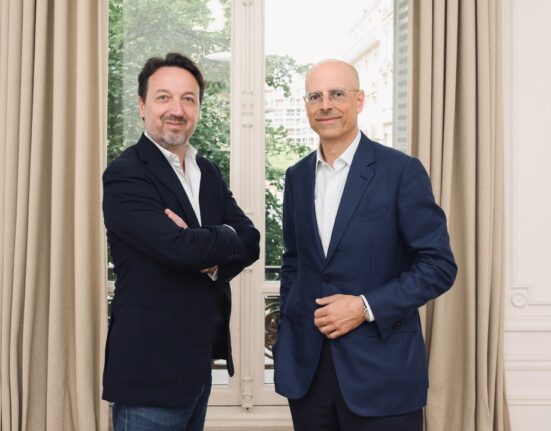To determine whether blue chip art is a good investment we must look at the big picture. This means understanding the downsides of art as an investment before praising its benefits. First, the art market is largely unregulated, and the investment risks are similar to commodities in that they’re purely speculative. Secondly, making quick profits on blue-chip art is difficult because it is a highly illiquid asset class.
Finally, there are unique risks that are inherent to blue-chip art investing. One is that art is a heterogeneous product, meaning that no two pieces are alike. In turn, there is a higher risk of fraud or forgery when it comes to art compared to other asset classes. As a result of this and a lack of regulations, art investors traditionally need to have high levels of expertise in order to make profitable blue-chip art investments.
That said, investing in blue-chip art has never been easier or more accessible than it is now. What’s more, blue-chip art can provide stable, competitive returns while helping you diversify your investments outside of the stock market. Here’s why.
Art investment goes mainstream
Blue-chip art is no longer strictly an alternative investment because it steadily became more mainstream as market forces grew more influential than art critics. Financial institutions have increasingly recognized blue-chip art as among the rare collectibles asset class over the past couple of decades. Contemporary art has outperformed stocks as well as investment-grade bonds as an asset and is even outpacing the broader art market.







